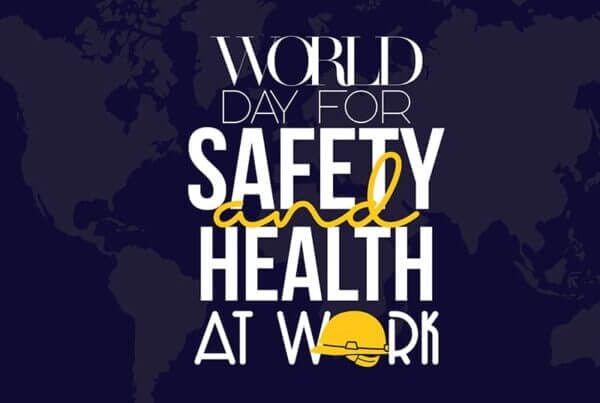
ION Science has published a new FREE Guide, An Introduction to Benzene Related Health Issues.
The Guide has been created to ensure you understand the specific worldwide concerns over benzene and make you aware of benzene related health issues and why benzene should be monitored.
According to the World Health Organisation (WHO) there is no safe level of exposure.
Regular exposure can lead to long-term effects including:
- myeloid leukaemia
- lymphocytic leukaemia
- non-Hodgkins lymphoma
- multiple myeloma
- aplastic anaemia
Hazardous chemicals that pose a risk to human health are present in many raw materials such as oil. Normally these are safely transported and contained within process pipework and reaction vessels during normal plant operation. However, routine plant repair and maintenance (planned turnaround) or a fugitive release, due to faulty flanges on valves for example, can potentially expose workers above the legal occupational exposure limit (OEL). Benzene, a hydrocarbon and volatile organic compound (VOC), is one such hazardous chemical. Found in oil refining and is an intermediary in the widespread manufacture of many commonly used plastics. According to the World Health Organisation (WHO) there is no safe level of exposure.
Benzene volatises (evaporates) easily and indeed inhalation is the most common method of exposure but it can also be absorbed through the skin or by swallowing material containing it.
The EU-wide and US-OSHA 8 hour time weighted average (TWA) airborne exposure for benzene is currently set at 1 part per million (ppm), equivalent to a concentration of 3.25 mg/m3 which is well below what most people can detect despite its distinctive ‘aromatic’ smell i.e. between 2.5 and 5 ppm in air.
Download our FREE guide to find out more about the effects of benzene exposure…







 United Kingdom
United Kingdom






